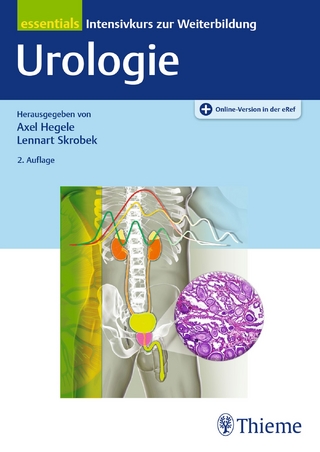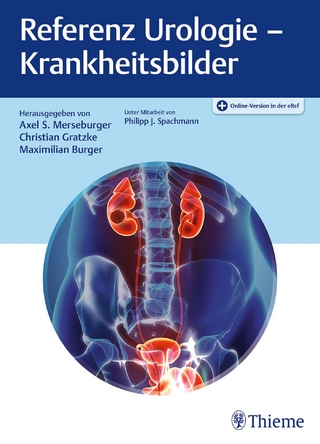
Urolithiasis
Springer Berlin (Verlag)
978-3-642-70714-8 (ISBN)
Drug Therapy of Urinary Calculi and Prevention of Recurrence.- I. Introduction.- II. General Preventive Measures.- III. Special Preventive and Therapeutic Measures.- IV. Childhood Urolithiasis.- V. Conclusion.- References.- The Treatment of Ureteric Colic and Promotion of Spontaneous Passage.- I. Introduction.- II. Pathophysiology.- III. The Treatment of Colic (Initial Analgesia).- IV. Passage of the Stone.- V. Complications of Conservative Treatment.- References.- Surgical Treatment of Renal Calculi.- I. Introduction.- II. The Classification of Kidney Stones.- III. The Indication for Surgery.- IV. Preoperative Investigations and Patient Preparation.- V. Surgical Access to the Kidney.- VI. Pyelolithotomy.- References.- Ischemia and Regional Hypothermia in Renal Stone Surgery.- I. Introduction.- II. Renal Ischemia.- III. Drug-Mediated Prolongation of Renal Ischemia Tolerance.- IV. Increasing Ischemia Tolerance by Hypothermia.- References.- Radial Nephrolithotomy Under Ultrasound and Doppler Probe Control.- I. Introduction.- II. Preoperative Investigation.- III. Apparatus.- IV. Practical Application.- V. Results.- References.- Intraoperative Pyeloscopy.- I. Introduction.- II. Rigid Nephroscopes.- III. Flexible Nephroscopes.- IV. Results.- V. Complications.- References.- Intraoperative Radiology.- I. Introduction.- II. X-Ray Equipment.- III. Aids to Intraoperative Radiology.- IV. Alternative Techniques.- References.- Percutaneous Manipulation of Renal Calculi.- I. Introduction.- II. Anatomical Considerations.- III. Percutaneous Access.- IV. Nephroscopy.- V. Mechanical Stone Extraction.- VI. Intrarenal Stone Disintegration.- VII. Percutaneous Chemolysis.- VIII. Results and Complications.- IX. The Choice of Treatment.- References.- The Instrumentation and Surgery of UretericCalculi.- I. Introduction.- II. History.- III. Significance of Symptoms.- IV. Investigations.- V. Spontaneous Passage and Size of Stone.- VI. Stone Removal.- References.- Treatment of Bladder Stones.- I. Surgical Removal of Bladder Stones.- II. Techniques of Litholapaxy.- References.- Treatment of Urethral Stones.- I. Prevalence.- II. Pathogenesis.- III. Symptomatology and Diagnosis.- IV. Treatment.- References.- Extracorporeal Shockwave Lithotripsy (ESWL) in the Treatment of Kidney and Ureter Stones.- I. Introduction.- II. Shockwave Generation and Focussing.- III. Subsequent Treatment After ESWL.- IV. Indications.- V. Conclusion.- References.- Preventive Measures.- I. The Role of Prevention in the Management of Urolithiasis.- II. Risk Factors and Persons at Risk.- III. Health Education and Behavior Patterns.- References.
| Erscheint lt. Verlag | 17.11.2011 |
|---|---|
| Reihe/Serie | Handbook of Urology |
| Co-Autor | P. Alken, D. Bach, C. Chaussy, R. Hautmann, F. Hering, W. Lutzeyer, M. Marberger, E. Schmied, H.-J. Schneider, W. Stackl |
| Zusatzinfo | XVI, 356 p. |
| Verlagsort | Berlin |
| Sprache | englisch |
| Maße | 170 x 244 mm |
| Gewicht | 653 g |
| Themenwelt | Medizin / Pharmazie ► Medizinische Fachgebiete ► Urologie |
| Schlagworte | Development • Hand • Infection • kidney • Management • Medicine • pathophysiology • patients • prevention • shock • Surgery • therapy • Treatment • Ultrasound |
| ISBN-10 | 3-642-70714-9 / 3642707149 |
| ISBN-13 | 978-3-642-70714-8 / 9783642707148 |
| Zustand | Neuware |
| Haben Sie eine Frage zum Produkt? |
aus dem Bereich


